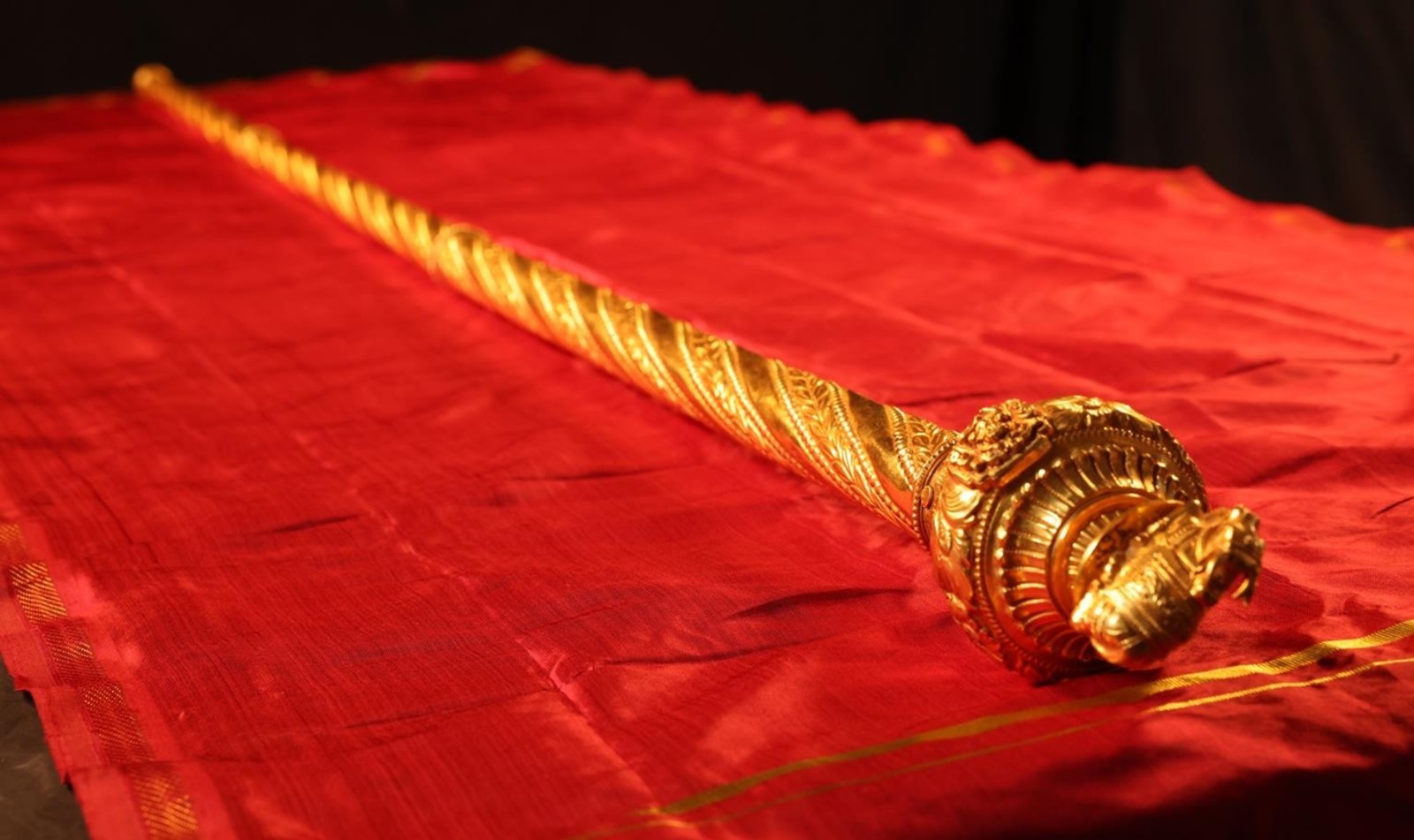In anticipation of the inauguration of the new Parliament building and the placement of ‘Sengol’ by Prime Minister Narendra Modi, V Balasubramanian, the President of Uttara Swamimalai Mandir, praised him for his efforts in promoting Tamil culture and traditions among the people. The Government of India has invited ‘Adheenams’ and ‘Oduvars’ from Tamil Nadu to present the Sengol to the Prime Minister during the ceremony. This visit to Malai Mandir is to offer prayers before the presentation. The new Parliament building, part of the Central Vista redevelopment project, will be inaugurated by the Prime Minister on May 28, 2023.
A significant aspect of the event is the installation of the historic golden sceptre called Sengol near the Speaker’s seat. The Sengol symbolizes India’s independence, sovereignty, and rich cultural heritage. Balasubramanian expressed gratitude towards the Prime Minister and Home Minister for acknowledging Tamil culture and tradition, stating that it has brought Tamil identity to the forefront.
On Friday, the ‘Adheenams’ and ‘Oduvars’ visited Uttara Swamimalai Mandir to offer prayers ahead of presenting the Sengol to the Prime Minister. The historic sceptre was originally received by Pandit Jawaharlal Nehru on August 14, 1947, representing the transfer of power from the British to India. During the inauguration of the new Parliament, the head priest of Madurai Adheenam will hand over the same Sengol to Prime Minister Narendra Modi.
Prime Minister Modi has adopted the Sengol as a national symbol of the Amrit Kaal, and this will be reiterated during the ceremony at the new Parliament building. The Sengol will be prominently displayed in the Lok Sabha near the Speaker’s podium and will be showcased on special occasions.
The establishment of Sengol signifies the indomitable spirit of India’s independence on August 15, 1947. It represents boundless hope, limitless possibilities, and the determination to build a strong and prosperous nation. The term ‘Sengol’ is derived from the Tamil word ‘Semmai,’ meaning ‘Righteousness,’ and it reflects the cultural practices of the Chola kingdom, which was a prominent kingdom in the Indian subcontinent for centuries.


















